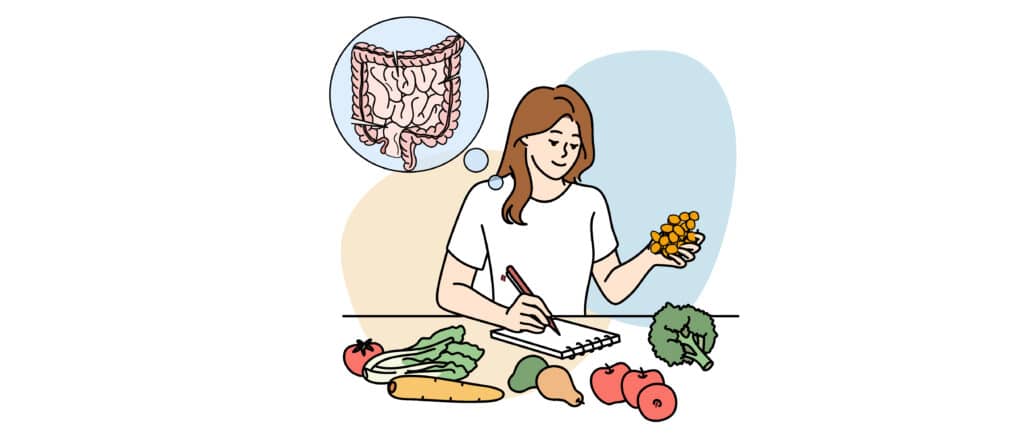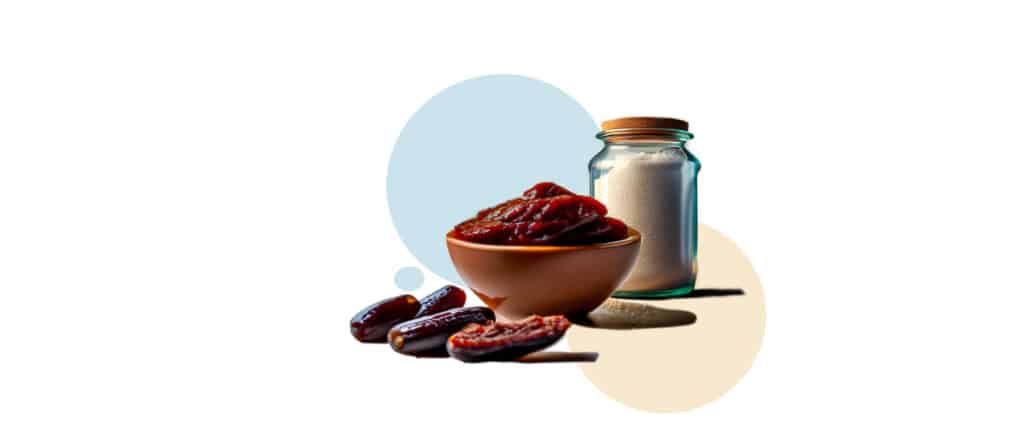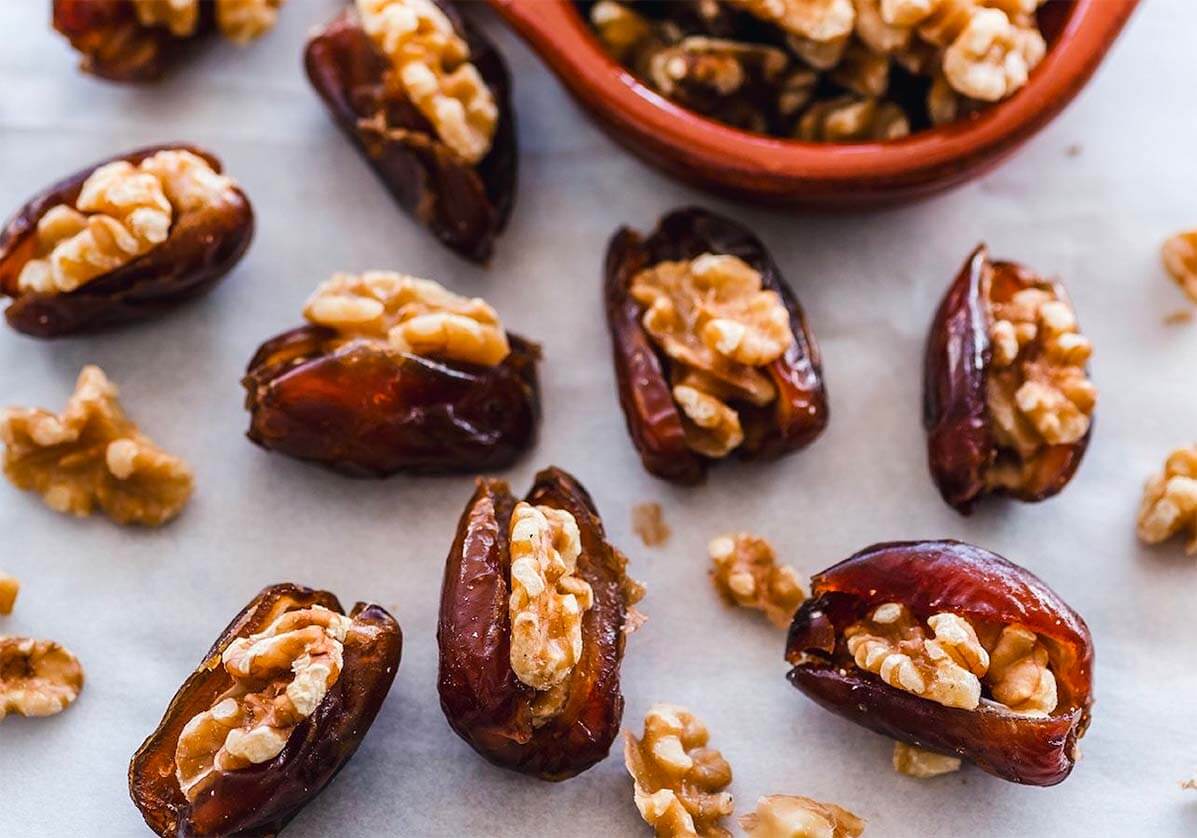Foods high in Copper
- Nutrition
- January 22, 2022
- 13 minutes read
- Copper is a metallic element essential to our body’s functions.
- Copper plays a vital role in strengthening immunity and making new body cells.
- Your body does not produce copper, so many foods high in copper are available to support the body’s need for copper.
- Both copper deficiency and excess are not good for our health.
INTRODUCTION:
“Copper” is a necessary element required by our body. But many of us are not aware of its biological advantages. Our body cells call for many nutrients in larger amounts, known as macronutrients. And those required in smaller amounts are micronutrients. Without these nutrients, our body won’t function properly. Our body needs nutrients such as copper, zinc, potassium, or magnesium in insignificant amounts.
First, let’s focus on copper and its benefits. It is an essential nutrient needed for producing blood cells and aids in various functions that keep the body healthy. Even a small amount of copper protects us from heart problems and osteoporosis. Our immune system relies on copper to protect and repair the vessels, nerves, tissues, and cells. Another property of copper is its antioxidant nature which helps the body remove free radicals.
The good news is we can get copper from various foods as our body doesn’t produce copper. From water, fish, oysters, nuts, green plants, and beans to meat, we can get a hold of copper in almost every food. Excessive intake of anything is always risky, and the same goes for copper. Toxic levels of copper can result in headaches, diarrhea, and even kidney malfunction.
Why Do We Need Copper?
So far, you must have got the idea that copper is essential to run our body machine. What if our diet is copper deficient? Ultimately, we’ll have to face anemia, thyroid imbalance, and osteoporosis, which can worsen with time if not treated. There is a strong interaction between iron and copper. Iron absorption levels regulate copper absorption. From the bile, copper fuses into the bloodstream, making up new red blood cells. It also has a vital role in red blood cell formation and supports your circulatory system. Additionally, if you want glowing skin and avoid de-coloration of hair, go for the required uptake of copper. In short, your body needs copper for the skeletal system, neurological system, blood system, digestive system, thyroid system, and kidney system.
Am I Taking Enough Copper?
Nearly, we all ensure to adopt a healthy diet platter. And for this, you have to follow up reference Intakes (DRI’s) charts for intake of dietary nutrients. On average, if you are above 19 years of age, you’ll need 900 mg of copper a day. Below 19-year’s, our body needs 800mcg of copper daily. To protect your child from any health complications, introduce appropriate values of copper according to their needs. The amount of copper a child requires depends on the age factors: 1–3-year (340mg), 4-8-years (440mg), and 9-13 years (700mg), respectively. If you are a pregnant woman, you need a little higher amount of copper because the baby depends on your nourishment in the womb. Their body fluids and blood system develop later in the pregnancy. You must speak to a doctor before taking any copper supplements or increasing copper use in your diet.
Best Foods High in Copper:
If you are ingesting seafood, vegetables, nuts, dates, and fruits, you are on the right track. These foods contain sufficient nutrients, including copper, iron, vitamins, and minerals. Let’s explore the list of foods high in copper:
Water:
Water? Yes! Water contains traces of copper ions. These copper ions maintain pH 6 of drinking water. Water has copper that varies from 0.0005 mg/L to 1 mg/L. Water is a medium for many biochemical reactions that ends up at energy release. A healthy person must consume about 2L of water a day because it provides essential nutrients, including copper.
Whole Grain:
You can access a complete package of nutrients providing health and immunity by using whole grains in your diet. Oats, quinoa, barley, brown rice, buckwheat, and many other types of whole grain must be the first choice of foods. These super-foods contain zinc, copper, potassium, folates, and vital minerals. Whole grain ingredients keep the cholesterol and fat levels low, saving you from cardiac arrest or clogged arteries.
Sea Foods:
If you are a seafood lover but conscious of its intake. Don’t worry! Seafood can make up a super-healthy meal for you. Fish, crabs, oysters, and lobsters contain enough nutrients to fulfill the body’s daily requirements. The average size of oysters has 670mcg copper, while in crabs and lobsters, it’s comparatively low to 585 mcg and 400mcg per serving. So, it depends on your taste and mood what you want to eat to have enough daily copper. Copper absorption in your body also depends on the way of cooking, like raw oysters having lower copper content than cooked ones. Tuna, salmon, mollusks, or other shelled foods will also provide you with a good variety and nutriments.
Organic Meat:
The richest source of copper is beef liver, kidney, and heart. Copper content differs from animal to animal. If you take enough meat, liver, kidney, or heart, you have a meal that boosts immunity and increases blood levels. If organic meat is not part of our diet, we risk having vitamin B12 deficiency, which aids digestion. Copper deficiency is correlated with B12 deficiency, harming the digestive system or brain functioning.
Fruits and Vegetables:
Nutritionists and dieticians emphasize having more fruits and veggies. Leafy green plant-based foods enrich your body with minerals, vitamins, folates, and antioxidants. Spinach, kale, and swiss chard will add a valuable amount of copper, fibers, and other essential nutrients. The copper content present in variable fruits and vegetables differs like:
Apple | 17 mg |
Avocado | 219 mg |
Asparagus | 149 mg |
Potatoes | 657 mg |
Tomatoes | 53 mg |
Spinach | 15 mg |
Swiss Chard | 173 mg |
Dates:
Due to their versatile and broad range of nutritious values, they are of great benefit. Vegans, who wish not to be deficient in zinc, copper, folate, and other nutrients must consume dates. Your bone strengthening, boosting energy, iron absorption, and making up of cells all depend on your food plans. So, this 100g serving contains 18% of copper, Iron 5%, and 7g loads of dietary fibers according to the RDI standard chart.
Nuts:
Snack time, low energy? Opt for nuts and seeds because of their health-boosting characteristics. Hazelnuts and almonds boost body energy with 3.17mg iron, 273mg calcium, zinc 2.8mg, and 0.87 mg of copper. Chia seeds, sunflower seeds, and kernels also drive your copper levels with 1.83 mg per 100g.
Dark Chocolates:
Can’t resist chocolates? Chocolate is rich in copper with 0.75 mg of copper per 3 ounces of chocolate bar and is therefore considered a copper-rich food! If caloric count is not of concern, then you can have a reason to be happy this season with chocolates in your diet.
Mushrooms:
Raw or cooked mushrooms both are excellent sources of copper. These are from the vegetable groups that stimulate the immune system. Shiitake mushroom is most edible from Japan and China. When cooked well, this type of mushroom shows a higher content of 1152 mg copper.
Copper and Risk Factors:
Although our bodies do not naturally produce or store copper, its deficiency is rarely reported. In some cases, copper levels drop, such as in autoimmune diseases like Celiac disease and genetic disorders like Menkes disease. In celiac disease, due to a gluten-free diet, you may have a deficiency of essential nutrients. The disorder of Menkes causes decreased copper absorption in the intestine, but it is rare. Compromised cognitive abilities and reduced growth are effects of Menkes disorder. Studies have shown a connection between copper and cardiac diseases. Copper is directly involved in the clogging of arteries, anemia, high blood pressure, and inflammation. A higher ratio of copper in the body causes toxicity, so it may cause dysfunction. “Wilson’s disease” is a slow but progressive genetic disorder of copper metabolism. It involves the accumulation of excess copper levels in tissues and organs. The liver, eyes, and central nervous system are mainly affected by copper toxicity.
Copper supplements: Because supplements can boost the copper dosage in the body, they can cause an imbalance in the body and thus are not advisable. Before taking any supplements, please see your doctor!
CONCLUSION:
Copper is important to support and construct our body tissues, cells, and organs. It catalyzes the sugars to energy and protects us against many diseases. You can not have grey hair and dull skin tone as long as you have sufficient levels of copper in your body. Only a small amount of it is necessary that plays a significant role in supporting bodily systems. Like other nutrients, a variety of foods are available that can be used to keep copper levels balanced. Take a balanced diet according to your age to be happy and energetic. There is no need to take copper supplements or any other medication without a doctor’s consultation.
Summary
For our well-being and stringer immunity, we must keep healthy eating habits. Food with multiple ingredients such as copper, zinc, potassium, and magnesium is necessary to live a life full of energy. Adding small portions from all food groups will keep the gut microbiota hale and hearty. Copper is an element without which our body won’t make blood; there will be no immunity and no cardiac system activities without a blood system. Along with a balanced diet, you must consider physical activities and minimize stress for a healthy life.
Scientific Information
Osteoporosis: Deformation of bones due to a mineral deficiency
Clogged Arteries: Reduced blood flow due to some blockage in the arteries
Antioxidants: Substances that protect us from unstable or harmful agents









